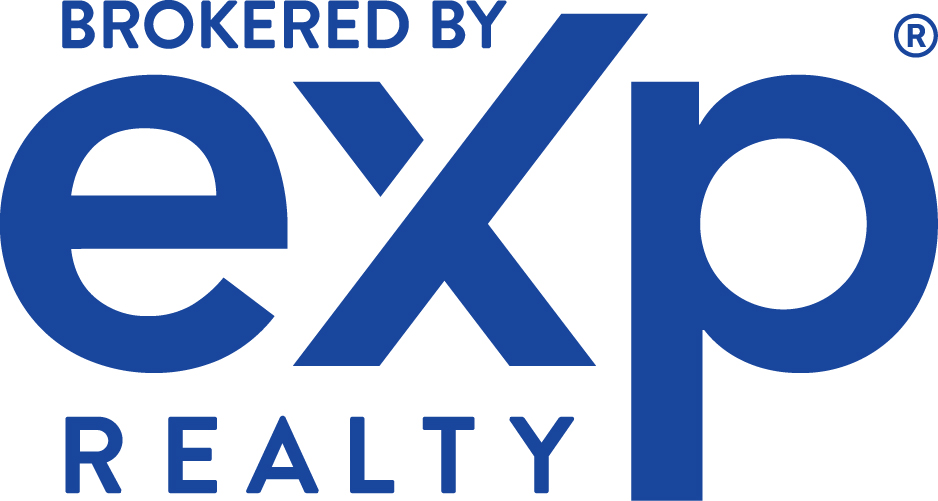Median-priced homes were less affordable compared to historical averages in 99% of counties across the country, according to Attom’s second-quarter 2024 U.S. Home Affordability Report.
That’s up from 95% of counties in the first quarter, continuing a two-year trend of households needing a historically large share of their wages to be able to afford a home. The uptick came as the national median home price rose to $360,000 during the spring buying season, per Attom data. That’s up 7.3% quarterly and 4.7% annually to reach a new high. Meanwhile, mortgage rates continued to hover around 7% — factors that led to the increase in homeownership costs outstripping recent increases in earnings.
Major homeownership expenses, including mortgage payments, insurance and property taxes (assuming 20% down and a 28% maximum debt-to-income ratio), added up to about $2,114 during the second quarter. That equates to 35.1% of the average annual wage, the highest share since 2007. That’s up approximately three percentage points both quarterly and annually and easily exceeds the recent low point of 21.3%, reached during the first quarter of 2021.
“The latest affordability data presents a clear challenge for home buyers. While home prices are increasing and mortgage rates remain relatively high, these factors are making homes less affordable,” said Attom CEO Rob Barber. “It’s common for these trends to intensify during the spring buying season when buyer demand increases.
“However,” Barber added, “the trends this year are particularly challenging for house hunters, more so than at any point since the housing market boom began in 2012. As the 2024 buying season progresses into the summer, we will continue to monitor the data closely.”
In 80.5% of counties, homeownership costs exceeded 28% of earnings, the common lending guideline for affordability. That’s up from 73.2% in the first quarter and 73.5% in Q2 2023. In more than a third of the markets analyzed by Attom, homeownership expenses surpassed 43% of average local wages — eclipsing a widely held threshold of serious unaffordability.
Affordability remains farthest out of reach in the Northeast and on the West Coast. Of the 20 counties where major homeownership expenses took up the largest percentage of average local earnings in Q2, 19 were situated in one of the two regions. Dubiously topping the list was Santa Cruz County on California’s Central Coast, where a whopping 113.8% of annualized local wages were needed to buy. Next were Kings County, coextensive with Brooklyn, New York (111.8%); Marin County, outside San Francisco (109.2%); Maui County, Hawaii (105.9%); and Orange County, outside Los Angeles (103.4%).
Counties where the smallest portion of average local wages were required to afford the median priced home during the second quarter were Cambria County in southwest Pennsylvania (12%); Macon County in central Illinois (13.3%); Peoria County, Illinois (14.6%); Schuylkill County, Pennsylvania (14.6%); and Mercer County, Pennsylvania (15.2%).
That’s up from 95% of counties in the first quarter, continuing a two-year trend of households needing a historically large share of their wages to be able to afford a home. The uptick came as the national median home price rose to $360,000 during the spring buying season, per Attom data. That’s up 7.3% quarterly and 4.7% annually to reach a new high. Meanwhile, mortgage rates continued to hover around 7% — factors that led to the increase in homeownership costs outstripping recent increases in earnings.
Major homeownership expenses, including mortgage payments, insurance and property taxes (assuming 20% down and a 28% maximum debt-to-income ratio), added up to about $2,114 during the second quarter. That equates to 35.1% of the average annual wage, the highest share since 2007. That’s up approximately three percentage points both quarterly and annually and easily exceeds the recent low point of 21.3%, reached during the first quarter of 2021.
“The latest affordability data presents a clear challenge for home buyers. While home prices are increasing and mortgage rates remain relatively high, these factors are making homes less affordable,” said Attom CEO Rob Barber. “It’s common for these trends to intensify during the spring buying season when buyer demand increases.
“However,” Barber added, “the trends this year are particularly challenging for house hunters, more so than at any point since the housing market boom began in 2012. As the 2024 buying season progresses into the summer, we will continue to monitor the data closely.”
In 80.5% of counties, homeownership costs exceeded 28% of earnings, the common lending guideline for affordability. That’s up from 73.2% in the first quarter and 73.5% in Q2 2023. In more than a third of the markets analyzed by Attom, homeownership expenses surpassed 43% of average local wages — eclipsing a widely held threshold of serious unaffordability.
Affordability remains farthest out of reach in the Northeast and on the West Coast. Of the 20 counties where major homeownership expenses took up the largest percentage of average local earnings in Q2, 19 were situated in one of the two regions. Dubiously topping the list was Santa Cruz County on California’s Central Coast, where a whopping 113.8% of annualized local wages were needed to buy. Next were Kings County, coextensive with Brooklyn, New York (111.8%); Marin County, outside San Francisco (109.2%); Maui County, Hawaii (105.9%); and Orange County, outside Los Angeles (103.4%).
Counties where the smallest portion of average local wages were required to afford the median priced home during the second quarter were Cambria County in southwest Pennsylvania (12%); Macon County in central Illinois (13.3%); Peoria County, Illinois (14.6%); Schuylkill County, Pennsylvania (14.6%); and Mercer County, Pennsylvania (15.2%).
Author
Arnie Aurellano is digital news editor at Scotsman Guide Inc.

